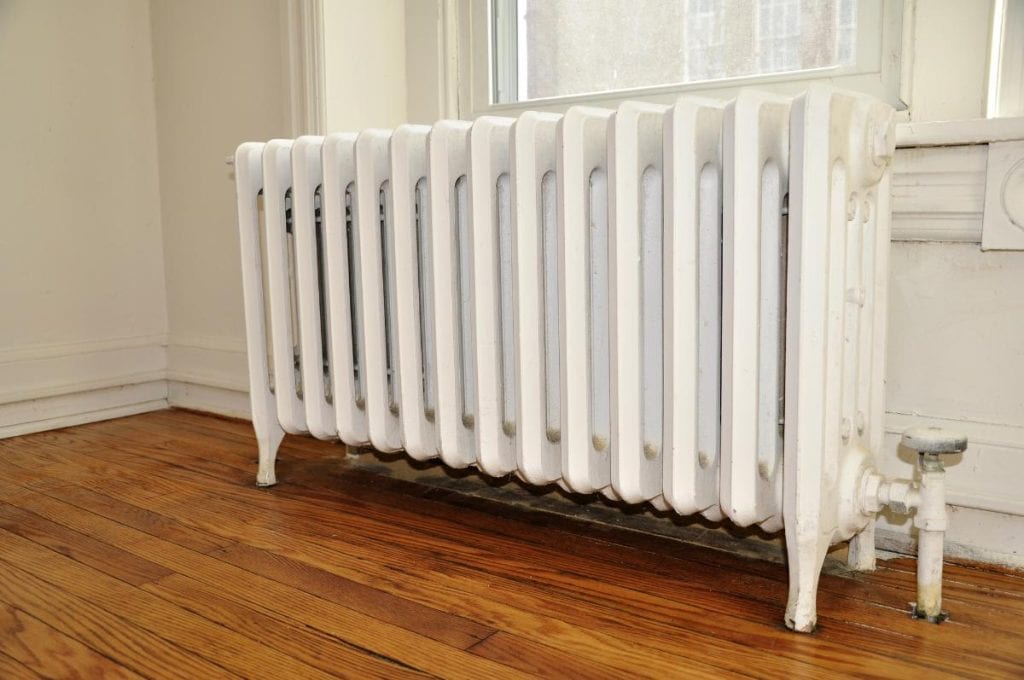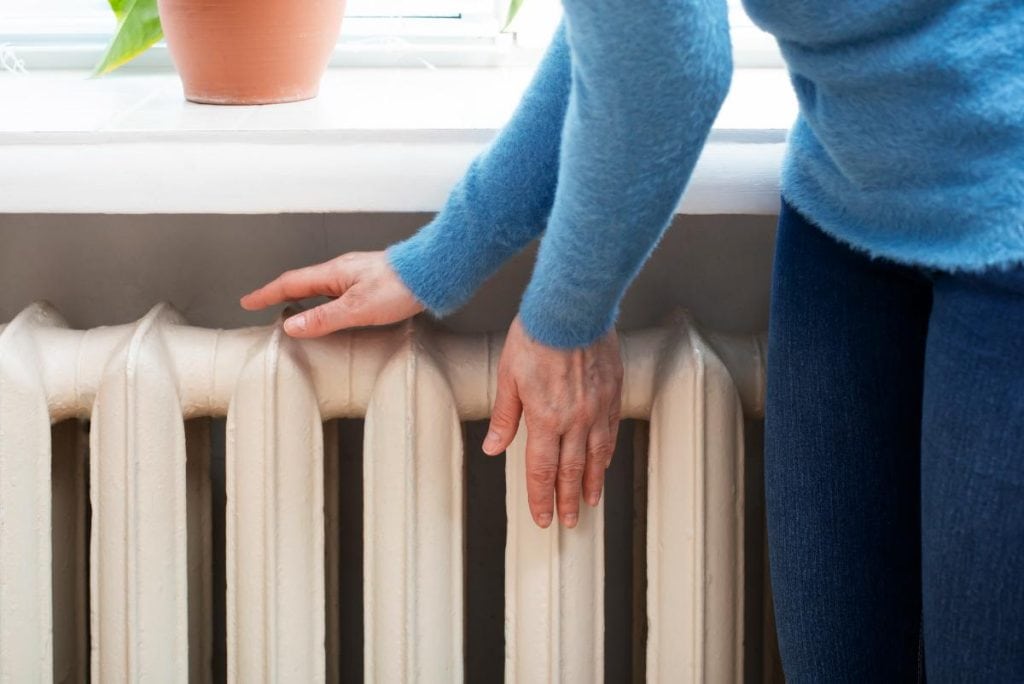When it comes to keeping your home warm, choosing the right radiator can make a world of difference. With so many options available, it can be a bit overwhelming trying to figure out which one best suits your space and needs. Let’s break down the various types of radiators, explain how they work, and help you make an informed choice for your home.

Types of Radiators
1. Convector Radiators
Convector radiators are among the most common and simplest types of radiators. They work by drawing in cool air from the room at the bottom and pushing out warm air at the top. This creates a continuous circulation of air, which helps to heat the room fairly quickly.
Best for: Smaller spaces or areas where quick heat is required. They are great for rooms that need fast heating, like living rooms during chilly evenings.
Pros and cons: Convector radiators are efficient and fast but may not provide the most even heat distribution in larger rooms. They can sometimes create hot spots near the radiator, leaving other areas of the room feeling cooler.
2. Panel Radiators
Panel radiators are sleek and modern, offering a minimalist look while still being highly effective at heating. They consist of one or more flat panels that radiate heat into the room. While they may take a little longer to warm up compared to convectors, they provide consistent and even heat throughout the room once they do.
Best for: Modern homes or offices that need a clean, simple design to match their interiors. They are particularly good in areas where you want consistent heat. You can click here to see a variety of designs.
Pros and cons: Panel radiators look stylish and offer uniform heat but can be a bit slow to warm up. They’re generally more expensive than other types.
3. Column Radiators
Column radiators have a more traditional appearance, with vertical columns that heat up and radiate warmth into the room. These radiators are known for their longevity and ability to retain heat for longer periods, making them great for spaces that need constant warmth.
Best for: Larger rooms or homes with traditional decor. They’re also perfect for rooms where the heating needs to be spread out over a longer period.
Pros and cons: Column radiators are very effective at retaining and distributing heat. However, they can take up a lot of space and may not be ideal for smaller rooms.
4. Towel Radiators (Heated Towel Rails)
These radiators are designed specifically for bathrooms or kitchens, offering the dual function of heating the room and drying towels. Towel radiators are great for making sure your towels are always warm and dry, especially in the winter months.
Best for: Bathrooms, kitchens, and smaller spaces where drying towels or providing extra warmth is a priority.
Pros and cons: Towel radiators are compact and efficient for towel drying but may not provide enough warmth for larger rooms. They’re also usually more suitable for use in smaller spaces.
5. Electric Radiators
Electric radiators are self-contained units that don’t require a central heating system to operate. These radiators run off electricity, making them perfect for areas that don’t have a traditional heating setup, like extensions, garages, or rented apartments.
Best for: Smaller spaces or single rooms. Electric radiators are ideal for homes without central heating or for heating specific areas without affecting the rest of the house.
Pros and cons: They are easy to install and provide flexible heating options, but they can be more expensive to run than gas-powered systems, depending on usage.
6. Underfloor Heating Systems
Underfloor heating involves running pipes or heating mats beneath the floor surface to distribute heat evenly throughout the room. This type of heating is invisible and provides an even temperature across the entire room, making it a very comfortable choice.
Best for: New builds, renovations, or homes looking for a more luxurious and even way to heat a space. It’s especially popular in kitchens and bathrooms.
Pros and cons: Underfloor heating is incredibly effective at distributing heat evenly, but it requires installation during the construction or renovation phase. It can be costly to install and may not be suitable for every home.
Choosing the Right Radiator for Your Space
When selecting the right radiator, several factors come into play. The size of your room, your home’s insulation, and your personal style preferences should all be considered. Here are some key points to keep in mind:
- Room Size: Larger rooms generally require more powerful radiators. Look for radiators with higher BTU (British Thermal Units) ratings for bigger spaces.
- Insulation: If your home is well-insulated, you might need a smaller radiator. Conversely, if your home is poorly insulated, you’ll need a more powerful radiator.
- Aesthetic Preferences: Radiators come in all shapes, sizes, and colours. Consider how the radiator will fit with the overall design of your room.
Matching the right radiator type to your space is essential for creating an efficient and comfortable living environment.

Weighing Up Whether a New Radiator is Worth It
When it comes to home renovations, most people aren’t excited about buying a new radiator. But, it’s one of those investments that you’ll be glad you made once it’s done. You need to make sure that you don’t leave this type of upgrade too long, as you don’t want to be in a position where it breaks, and you need to rush to get another one. This means weighing up whether you need a new radiator in advance. Here are some signs that it’s going to be a worthwhile investment.
You Have Old Styles
Radiators are now new and improved. Not only are they going to be more efficient, but they can look better in your home too. For example, they can be more compact and take up less space, as well as different designs and colours are available. If you have older styles that you no longer like, this is when you should consider upgrading. You’ll be glad that you made the swap, especially when you’re completely renovating a room.
You Want to Spend Less
Know that new radiators are a great long-term investment. Yes, you have to pay out for them and the installation at first, but in the long run, they’re going to save you money. This is particularly true when it comes to your heating bills. Newer designs are more efficient, which means they heat up faster and provide more heat to a room. Therefore, people report that they spend less on their bills moving forward.
They are Old
Know that radiators won’t last forever. If you’ve had yours a while or they were there when you first moved in, know when to call it a day. Old radiators can require a lot of maintenance, and you might not be getting the heat you need from them.
Choosing the right radiator for your home doesn’t have to be a daunting task. By considering your space, energy efficiency needs, and personal style preferences, you can select the perfect radiator for your home’s heating system. Whether you’re looking for a traditional column radiator, a modern panel model, or something more niche like underfloor heating, there’s a solution out there that will keep your home warm and cosy.
